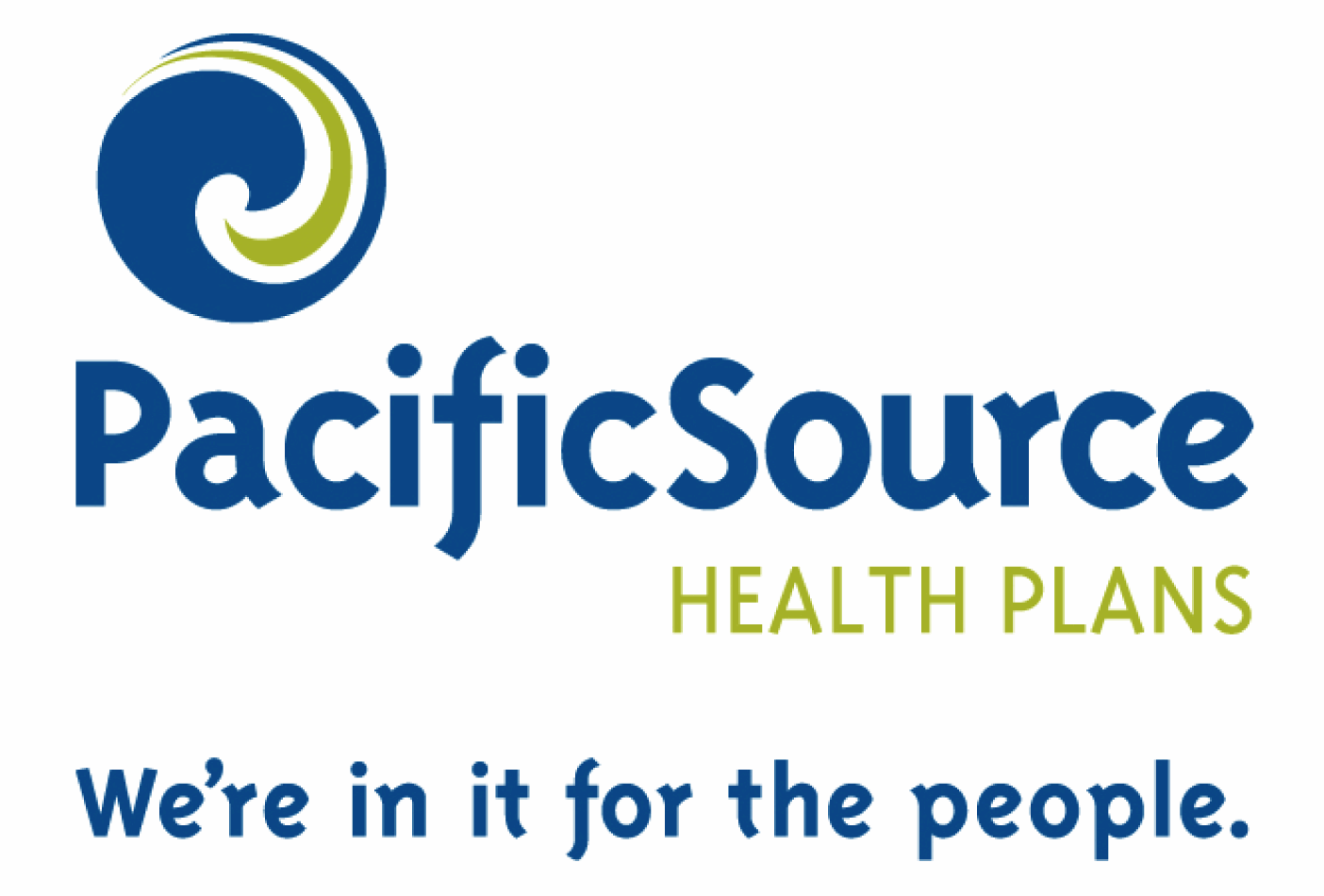In determining our goals, objectives and framework, this is the set of assumptions that We Can Do Better starts from. It is our frame of reference, our perspective. We Can Do Better sets out to:
1) Ensure that all Americans have timely access to treatment for a defined set of essential health conditions;
2) Advocate for a health system that results in:
- Improved health of a defined population;
- lower per-capita cost; and
- a better experience for users of the system.
3) Continue to influence the debate around national health reform by ensuring that our congressional delegation:
- Recognizes that clinging to the system of employer-sponsored coverage as it is currently structured is not an option;
- That the current structure makes much less sense now than it did when the economic forces and incentives that created it were put in place over 50 years ago;
- We must rethink the structure of the current system of employer sponsored coverage in light of the realities of a highly competitive global economy, the increased mobility of the workforce and the changing structure of the workplace; and
- We need to develop a way to finance the treatment of a defined set of essential health conditions that are not tied to employment, relieving employers and employees of this cost while still leaving employers the option of offering secondary coverage designed to best serve the specific needs of their particular workforce.
4) Recognizes that clinging to the current structure of Medicaid, including the Title XIX Medicaid health care benefit, is not an option and that we need to:
- Eliminate the need for a special program for the poor by ensuring that all people, including the most vulnerable members of our society, have access to treatment for at least the same defined set of essential health conditions;
- Ensure that the medical and health needs of the blind and those with other disabilities and special needs are met in a timely and cost effective manner with treatments that are physically and cognitively accessible and that produce quality outcomes; and
- Eliminate the complexity and administrative cost of assigning equally impoverished and vulnerable groups of Americans into dozens of different eligibility categories to determine how their care will be financed.
- Recognize that clinging to the current structure of Medicare is not an option;
5) Rethink the current structure of Medicare in light of the huge demographic trends and advances in medical technology that have taken place since it was created in 1966;
- Reconsider the current structure of the Medicare program, not to dismantle it, but to:
- More rationally and honestly identify the medical and health needs of an aging population and to ensure that those needs are met in a timely and cost-effective manner with treatments that are physically and cognitively accessible and that produce quality outcomes; and
- Balance, in an equitable and sustainable manner, the medical and health needs of the elderly with those of the non elderly and ensure that this balance is reflected in the allocation of public resources for health care.
6) Reconsider the workforce capacity in the current system, in order to move to more effective and efficient delivery models that will produce quality outcomes.
7) Understands and advocates for the Triple Aim objectives (improved health of a defined population, lower per-capita costs, and a better experience for users of the system).










Recent Comments